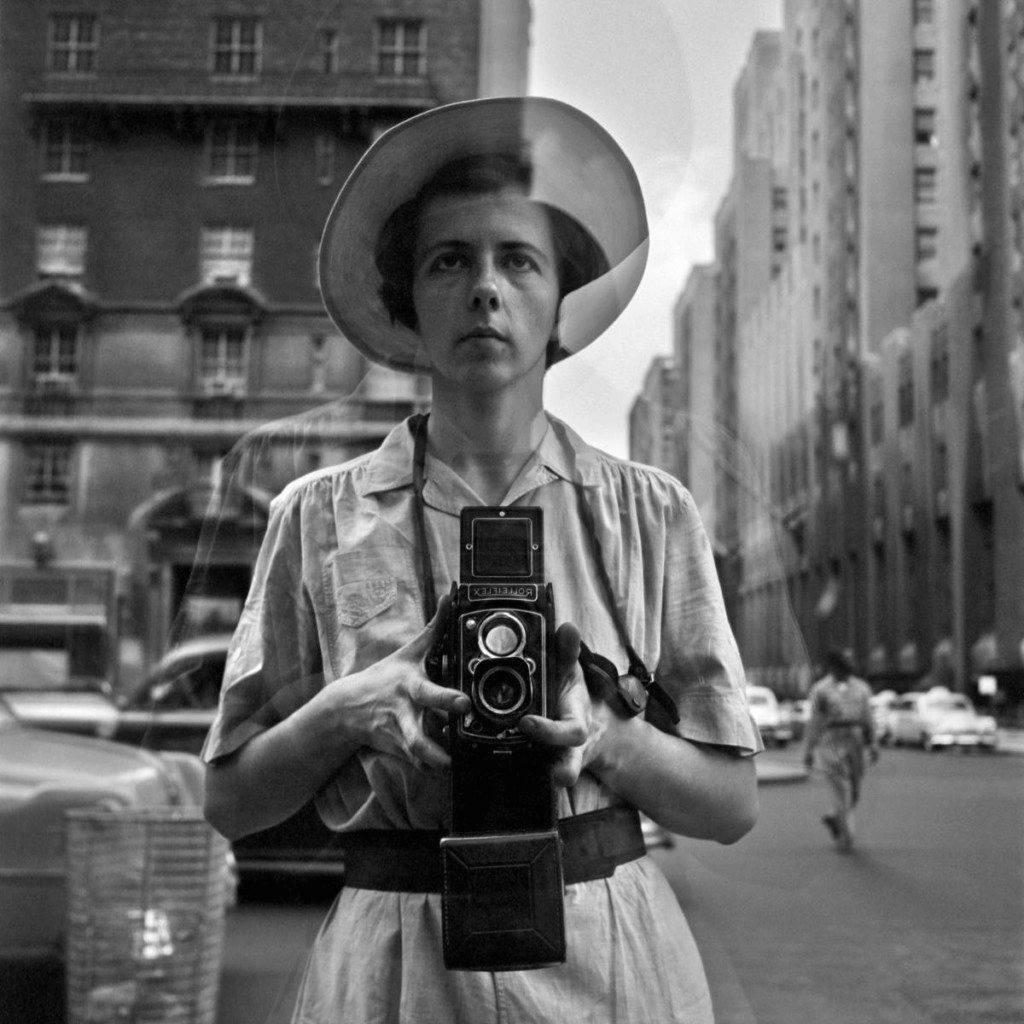The Definitive Guide for Framing Streets
Table of ContentsThe smart Trick of Framing Streets That Nobody is Talking AboutFraming Streets Things To Know Before You BuyExcitement About Framing StreetsThe Facts About Framing Streets UncoveredGetting The Framing Streets To WorkExcitement About Framing Streets
Digital photography style "Crufts Dog Program 1968" by Tony Ray-Jones Street photography (likewise often called candid digital photography) is digital photography conducted for art or inquiry that includes unmediated opportunity experiences and random incidents within public locations, typically with the aim of catching photos at a definitive or poignant minute by careful framework and timing. 
, who was motivated to embark on a comparable paperwork of New York City. As the city established, Atget assisted to promote Parisian roads as a deserving topic for photography.

Framing Streets - The Facts
Andre Kertesz.'s widely appreciated Images la Sauvette (1952) (the English-language edition was entitled The Crucial Moment) advertised the concept of taking an image at what he called the "crucial minute"; "when type and content, vision and structure combined right into a transcendent whole" - Sony Camera.
The Basic Principles Of Framing Streets
The recording machine was 'a covert video camera', a 35 mm Contax concealed under his coat, that was 'strapped to the breast and attached to a long pop over to these guys cord strung down the appropriate sleeve'. His work had little modern impact as due to Evans' sensitivities regarding the creativity of his task and the personal privacy of his topics, it was not published till 1966, in the book Several Are Called, with an intro written by James Agee in 1940.
Helen Levitt, then an instructor of young kids, related to Evans in 193839. She recorded the temporal chalk illustrations - 50mm street photography that belonged to kids's street society in New york city at the time, along with the kids that made them. In July 1939, Mo, MA's brand-new photography area consisted of Levitt's work in its inaugural exhibitRobert Frank's 1958 publication,, was substantial; raw and typically out of emphasis, Frank's photos questioned traditional digital photography of the moment, "challenged all the formal guidelines set by Henri Cartier-Bresson and Pedestrian Evans" and "contradicted the wholesome pictorialism and sincere photojournalism of American magazines like LIFE and Time".